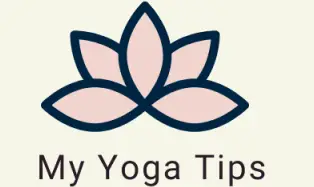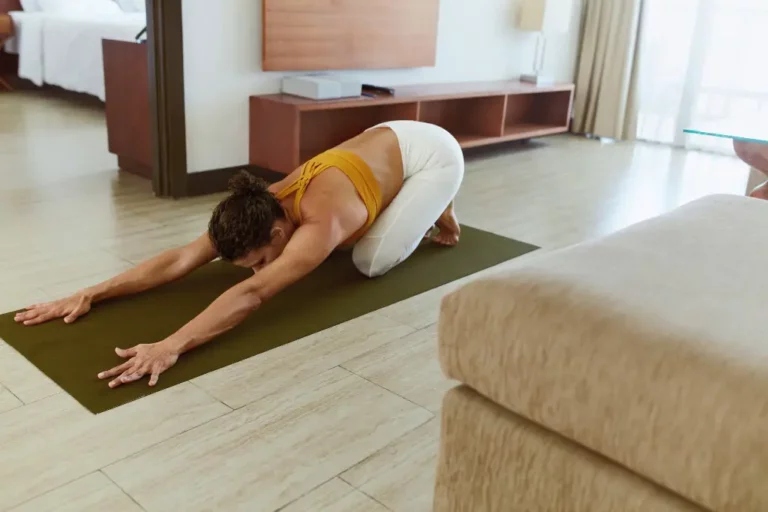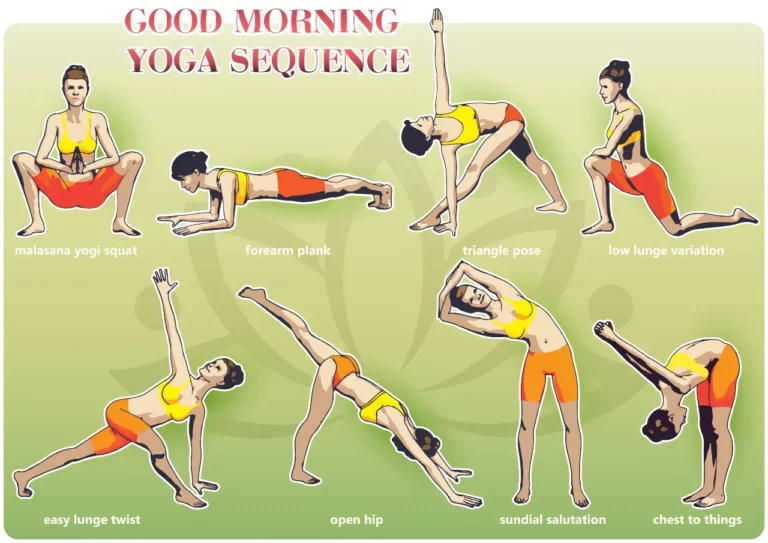6 Ways To Make Your Yoga Routine Actually Stick
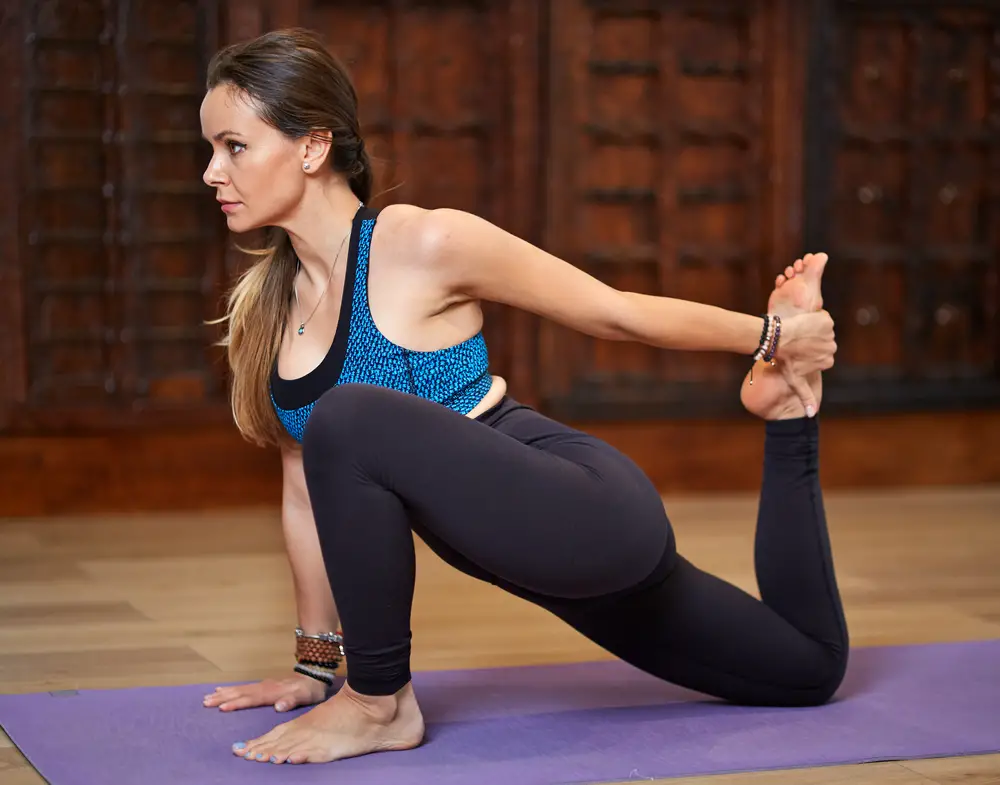
Most of us have tried a yoga class or signed up for an app to do yoga at home for a month. However, the resolution to stick to doing yoga three times a week is out the window before the month ends. Yoga is a great way to relax, meditate, and strengthen your bones and ligaments, and you would want to succeed in doing yoga every week.
Certain aspects play a role in getting into the groove of doing yoga continuously and implementing it into your routine. For example, some have more time, others are more flexible, and some want to incorporate it with other exercises. Here are six ways to get your yoga routine to stick.
Do You Want To Do Your Routine Alone Or In A Class?
The first way to start setting yourself up for success in your yoga routine is to decide whether you want to do yoga alone or with an instructor. Your choice will mostly depend on your accountability level and the time you have.
Joining a gym and participating in yoga classes is a great way to start a yoga routine, but this will be a challenge if you live far from the gym or the timeslots of yoga don’t suit you. On the other hand, you might not be clued up with yoga as much to start doing it on your own, and you might not stick to an instructor.
Doing Yoga Alone At Home
Firstly, if you want to practice yoga at home, you have to commit and show up for yourself, as there is no motivation from an instructor or class to keep you accountable.
As a beginner yogi, you might want to take a few one-on-one classes at a yoga studio or gym to learn the basic poses and the form, as these are crucial to prevent injury. You can also log on to YouTube videos, following the instructions and the precise guideline of the execution.
Do not let your ego get in the way; instead, take it slower at a steady rate and do not rush into the more advanced poses. The great thing about practicing yoga at home is that you can go at your own pace and do not have to feel self-conscious if you have not gotten the poses perfect yet.
You can safely practice yoga at home alone, but you must put your health first. Warm up before every workout, ease into it, and do not rush through the poses. Get a spot where you can be alone without any disturbances and focus on your form and breathing. Doing yoga in front of a mirror could also help.

Suppose you have an injury or a niggle relating to the following body parts; it would be best to see a physiotherapist or doctor before attempting yoga on your own:
- Lower back pain or injury
- Rotator cuff injury (shoulder)
- Tendinitis
- Hip, knee, or ankle injuries
- Any strains
- Pregnancy
There are safe pregnancy yoga poses, and you are sure to find these online. However, ensure you get clearance before attempting yoga while pregnant.
Doing Yoga With/ Without An Instructor
Joining a yoga class or signing up with a yoga instructor can be exhilarating and scary at the same time. Yoga is a different form of exercise, and you might know everything about weight lifting or workouts in the gym, but yoga is a whole new chapter to being active. You can join a few classes to get the hang of it and see what it is all about. Here you can read why yoga classes are beneficial
The best approach to your first yoga class would be to go a few minutes earlier. The instructors usually set up the class before, ensuring their music works and greeting everyone. Talk to the instructor and tell them about your history with exercise or yoga if you are a beginner or pregnant.
They will then guide you through the class if there is poses you should avoid, or they might explain all the poses better throughout the course so you can also understand how to perform everything.
Classes and instructors are expensive, and this approach might be out of the question for some. But, no worries, you can start yoga without an instructor.
- Set your goals for your yoga routine – how much time do you want to spend doing yoga? By selecting a time, you cannot back out because you set the time that fits your schedule.
- Start with the basics – a little research comes into play here. First, you will have to read up on the basics of yoga, how to perform them and how you should experience them.
- Follow a set routine if you are not comfortable designing your own. There are tons of videos, apps, and photos with a flow of yoga to start your journey.
- Set your zen zone – set up a space where you only do yoga. This space should be quiet, and no one should be able to disturb you.
- Listen to your body –yoga alone allows you to listen to your body and not strain it, especially if you are only starting with yoga practice.
Plan Your Routine With Short Sessions
If you know how to set up a yoga routine, you can create a plan that fits in with the time you schedule for yoga. You have to include eight things in your yoga session, and you can change and adjust each according to your needs and add variety and creativity.
You will always start with breathing exercises while seated or lying down in a yoga session. The breathing is to calm your mind and prepare you for the following session. You will be in this state for 3 to 5 minutes of your session.
Next, you have to make time to stretch and warm up. These will include any stretching positions or poses you like and dedicate 8 to 10 minutes to the warm-up.
The Sun and Moon Salutations are effective ways to get into your routine. They also stretch, ease you into the session, and strengthen the muscles. You can spend between 12 and 15 minutes on this section.
Now that you have warmed up and your mind is focused, you can start with the active poses that need concentration and balance. First, choose a range of poses you feel comfortable with and focus on keeping the form on point. Next, choose one difficult pose that challenges you, and try to get the hang of it. This section will take up to 10 to 15 minutes of your session.
Your session will start to slow down again after the active part, and you can insert a few seated or spine poses. But, again, focus on your breathing and ensure you make the mind-muscle connection. Spend 5 to 10 minutes in this phase.
Lastly, you can lie down, your eyes closed, and your whole body relaxed. Try to keep your mind clear, or think about soothing sea waves or a picturesque view. Then, you can dedicate the remainder of the time you have left in this state.
Sometimes we do not have time to do a full class, read this article Are 15 Minutes Of Yoga A Day Enough?
Begin With A Gentle Form Of Yoga
Yoga can be intimidating when starting, and you do not know what to begin with when compiling your routine. One of the first, more straightforward, and best sequences is the pose called “downward dog.” When you have this one down with exquisite form, you will feel more confident to try something else.
In downward dog, you are standing on all fours, your legs and arms stretched. You will feel an opening of the shoulders and a stretch in your hamstrings and calves. Your heels might not touch from the get-go, as this depends on the flexibility of your hamstrings. However, it is unnecessary, and you will get there in time.
After you master the downward dog pose, you can add it to a sequence. The sequence can look something like this:
- Starting in the child’s pose
- Moving into cobra pose
- Hooking your toes into the mat and pressing up into downward dog
- Hold it there for as long as you want; focus on the stretch and the breathing
- Go down into the cobra again, and end in the child’s pose.
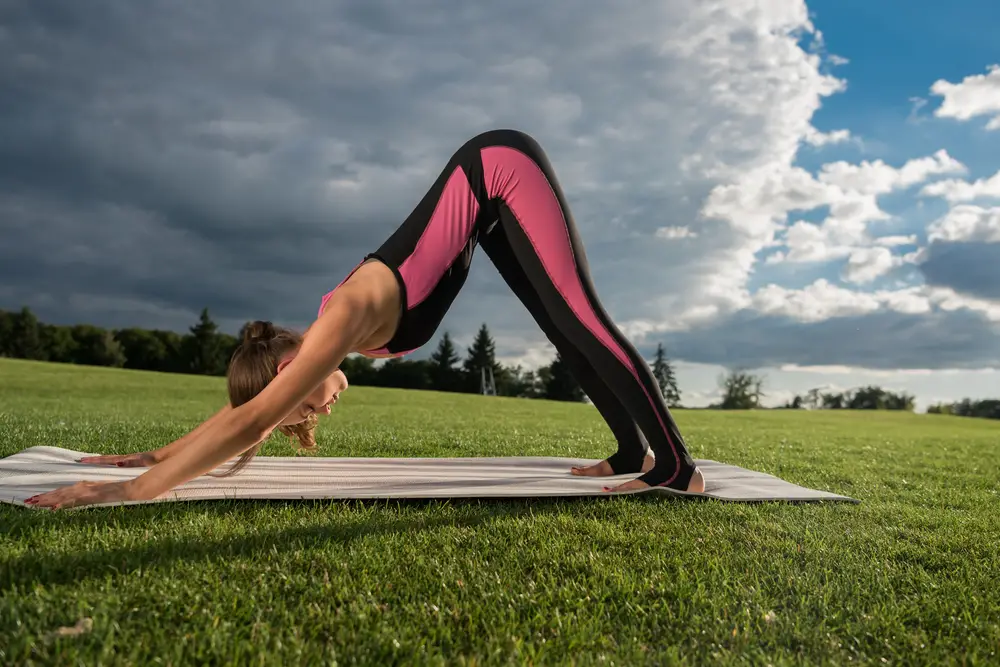
Schedule Your Meditation Or Yoga
Suppose you are a fitness “junkie” and love to do a workout and yoga on the same day; you are more than welcome. The importance is to schedule it correctly into your day to benefit your body and prevent injuries.
Cardio works the heart muscles and your fitness, while Hatha yoga (calming) will work on flexibility and relaxation. The combination of cardio and yoga can bring you great results. However, you must ensure you do the cardio workout and follow that with the yoga session.
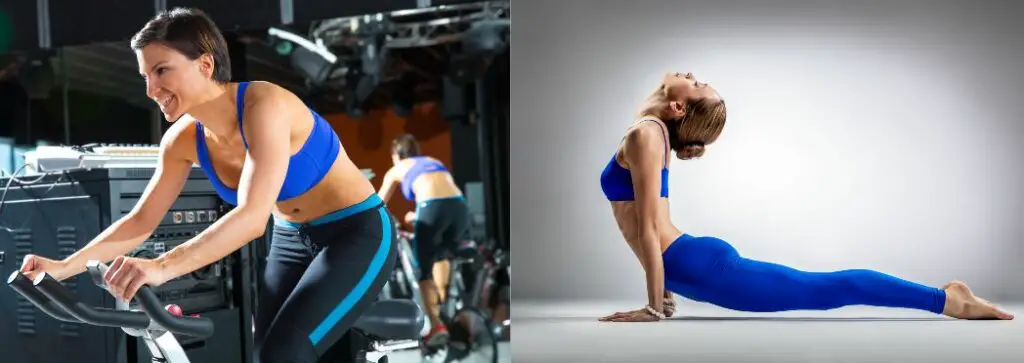
Weight training and yoga might be a different story. Both of these practices work on the stretch and strength of muscles, and you might overwork your muscles and cause injuries when doing these two on the same day.
Ensure you are fit enough to do two sessions of exercise in one day, keep hydrated and take in healthy foods. For example, some enjoy yoga early in the morning on an empty stomach, and experts advise not to follow this with a cardio session.
Strike A Balance
You might have put much effort into working out your first yoga session, and now you wonder: should I have a new routine each week?
Luckily you don’t have to follow a new weekly routine; you should not. Yoga aims to perfect form and breathing while strengthening and stretching the muscles and tendons. To do so, you must repeat one routine until you feel you can add a few adjustments. So you will never have to start a new pattern from scratch, but only make changes to fit your body’s needs.
Everybody is different as age, fitness level, body composition, and goals will determine whether you need to add progression to your routine or not. If you feel stronger, the poses challenge you less, the stretch is less, balance is better, and you can control your breathing, you can add some extras.
The adjustments I am mentioning are to challenge you more in the current routine you are performing. For example, holding a pose for longer, adding props, or adding a new “challenging” pose while keeping the rest of the session the same.
Another way to progress is to experiment with the other, more demanding types of yoga. Incorporating different types of yoga will be an option if you want to start learning the basics of that type of yoga or incorporating an aspect to add some “zhoosh” to your routine.
Read my article about Can Yoga Release Toxins That Make You Feel Sick?
Be Patient With Yourself
Now that you have your routine set, set up the yoga area, and worked out a session, you are ready to start implementing your yoga to make it part of your routine. The key when starting with yoga is to be patient. Like any sport or complex exercise, you won’t get it the first time. But, if you do, well done; you are part of the smaller crowd that does.
Part of being patient with yourself is not loading yourself with too much. For example, it won’t be helpful to stick to an exercise routine, add yoga during the week, and do yoga on rest days. Even though yoga on a rest day can be rewarding, adding it from the start can be troublesome.

Your body might still adjust to the new routine, especially if you do other types of exercise throughout the week with yoga. Adding too much exercise too fast can lead to injury, burnout, or addiction to exercise. On the other hand, you do not want to burn out before you are in the groove. As with anything new, we have to smooth our bodies into it.
If your workout routine is not as strenuous as you want, you should add a yoga session on a rest day. The yoga should only be the calming types such as Hatha, restorative, or Yin yoga. These are calming and not demanding on the body.
Yoga on your rest days can help with the lactic acid breakdown in the muscles, leading to less sore muscles and faster recovery. In addition, it will increase the mobility of your tendons and muscles by getting the blood to flow instead of doing nothing that day. Another plus for yoga on rest days is that it reduces stress and improves sleep.
The best approach to a rest day would be to rest. If you feel like doing something, opt for a relaxing yoga session, but you shouldn’t feel obligated to do anything.
In case you decided to take a break from yoga read my article about What Happens To The Body When You Stop Doing Yoga?
Conclusion
Anything stands a chance of working if you have a set plan for it to work. By following the six steps and being conscious of your body and health, you will undoubtedly be able to add a yoga session or two to your weekly routine and stick to it.
